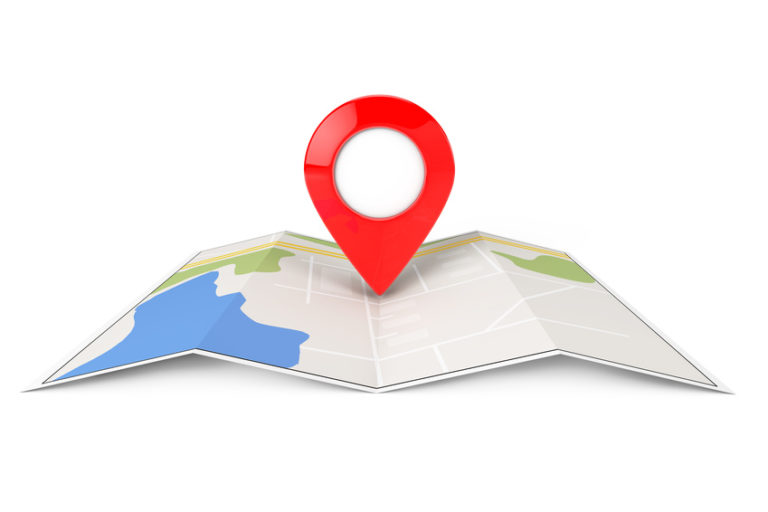
In July of 2014, Google rolled out another search engine algorithm update, which soon became known as the “Pigeon Algorithm”. The purpose of that update is to provide more accurate and optimized search results based on location. It’s Google’s aim to provide the most relevant results to their users, and the Pigeon update is yet another example of how they’re going to do it. This algorithm update is also a call to businesses to optimize for local search through ads, Google My Business pages, and general web pages.
What the Pigeon Algorithm Does
The Pigeon Algorithm update focuses primarily on local searches. It specifically affects what results will rank the best in SERPs related to location specific search queries. With this update, Google Maps came into play in a major way and worked to pair the best results for a location based search using the desktop, phone, or tablet location of the searcher’s device. Google also stated that their distance and location ranking parameters had been improved with this algorithm update, providing a more defined search radius within which to search.
In order to show up in a search, you need to make sure you’re optimizing for location based keywords as well. Again, Google is focusing on the intent and the comprehensive analysis of the search query. This is great from a searcher’s perspective, but many small business could see potentially negative side effects if their pages are not optimized for local search. If your a small business of any kind, you can’t afford to not optimize for local search!
How to Create a Google My Business Page
If you haven’t yet created a Googly My Business page, today’s the day! Because of the Pigeon Algorithm update, Google now displays a 3 pack of search results that best respond to a searcher’s location based search query. If you’re website isn’t properly optimized, Google won’t display it as a result anywhere in the SERPs.
How to Create a Google My Business Page:
Step 1: Create or Sign into Google My Business
Step 2: Add any location(s) you may have
Step 3: Click “Create Location Group” in the upper right hand side and name the account. You’re all set!
Once you create your business listing, you can edit the information provided by it and even add pictures and link Google reviews to it as well! You want to provide as much detailed information as possible so searchers will be enticed to either visit your website, or even your store. Remember, you’re competing with other local listings, so you want yours to stand out and include all the necessary information a searcher would need to make their decision on where to go.
In Conclusion
Like Google’s previous updates (Panda, Penguin, Hummingbird…), the Pigeon algorithm is aimed at enhancing the user experience by bettering the corresponding results that appear in SERPs. The Pigeon Algorithm update will only negatively affect your small business if you’re pages aren’t properly optimized. It’s best to continue to utilize traditional SEO strategies, create unique content for your site, and build a solid business presence on leading local directories in your industry.


